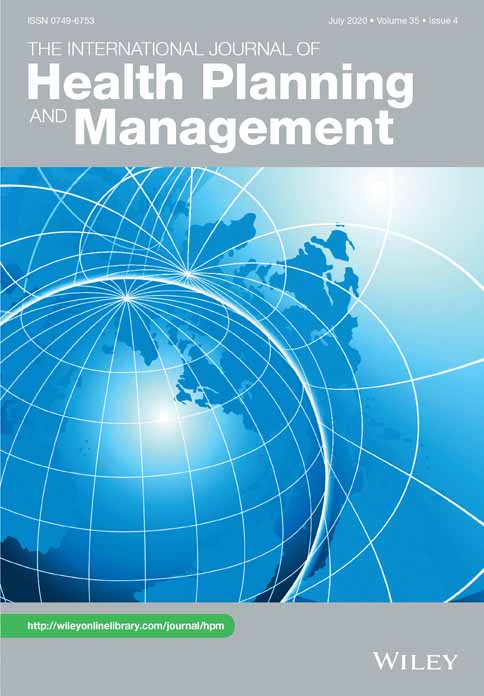A review of the micronutrient intervention cost literature: program design and policy lessons
Abstract
Since the 1993 publication of Disease Control Priorities in Developing Countries and World Development Report: Investing in Health , micronutrient fortification and supplementation interventions have been recognized as being among the most cost‐effective public health interventions. This paper reviews nearly 100 studies of the cost of micronutrient interventions. The literature contains enormous variation in the estimated costs of these programs due to differences in program structure, delivery systems and a host of country‐specific factors, differences in the studies' objectives, designs and costing methodologies. The most diverse estimates reported are those of vitamin A supplementation programs, where estimates vary by a factor of more than 1000. The costs of fortification programs, too, vary substantially from a factor of two for iodine, six for iron, and 15 for vitamin A fortification. As the magnitude of these variations suggests, the bulk of these studies are idiosyncratic, and their results are not directly comparable. The review highlights the need for greater specificity in discourse about these programs, and for greater transparency about cost estimation methods. The review provides several insights: (1) average costs are several‐fold higher than has traditionally been maintained; (2) fortificants account for 80% of annual, incremental costs of vitamin A fortification; (3) whereas 70% of those of vitamin A supplementation programs are personnel; (4) the imprecision of food fortification coverage and impact estimates owes primarily to the paucity of food consumption data. Addressing the food consumption information gap is an essential next step to improving micronutrient program policies: to better targeting programs and to devising more cost‐effective program portfolio mixes. Cost studies have a largely unrealized potential role to play in increasing program efficiency, coverage, and effectiveness. Copyright © 2008 John Wiley & Sons, Ltd.




